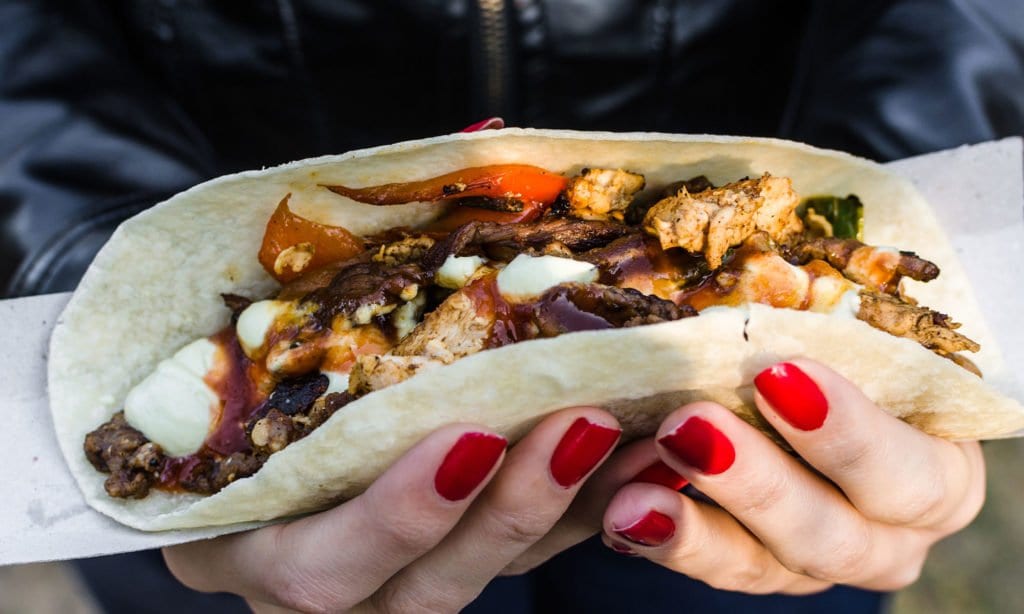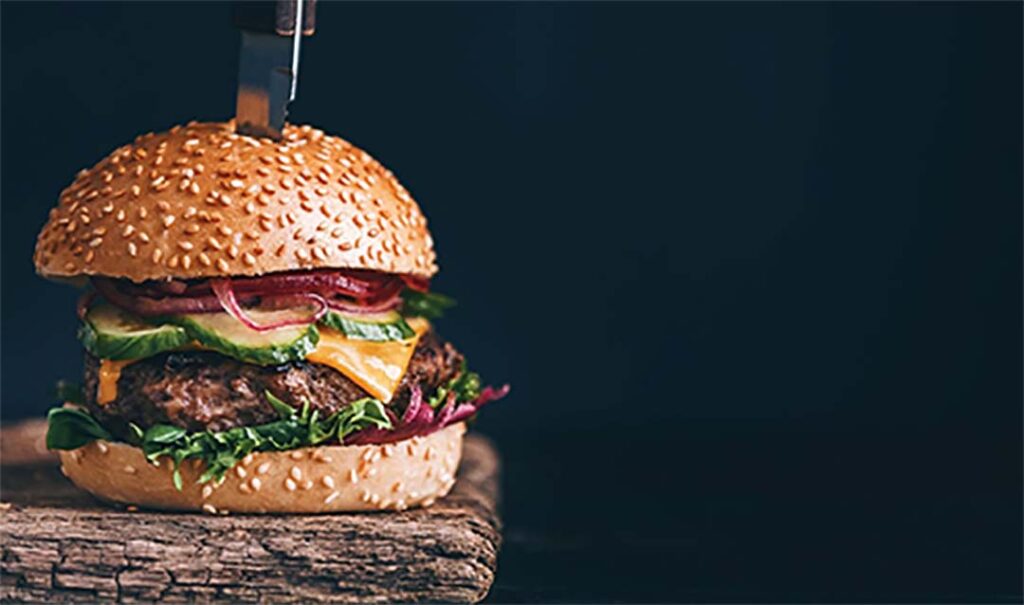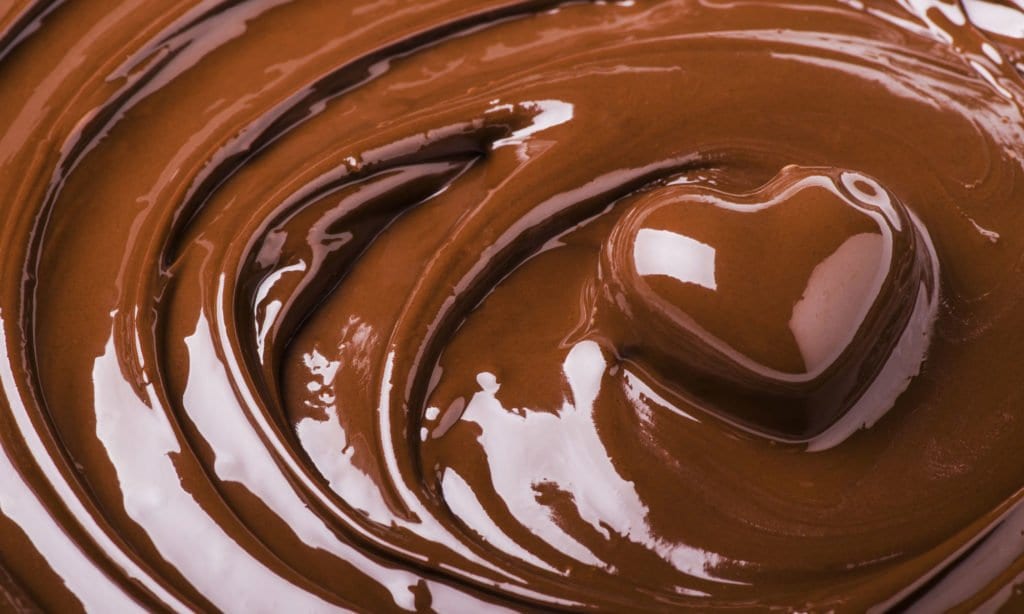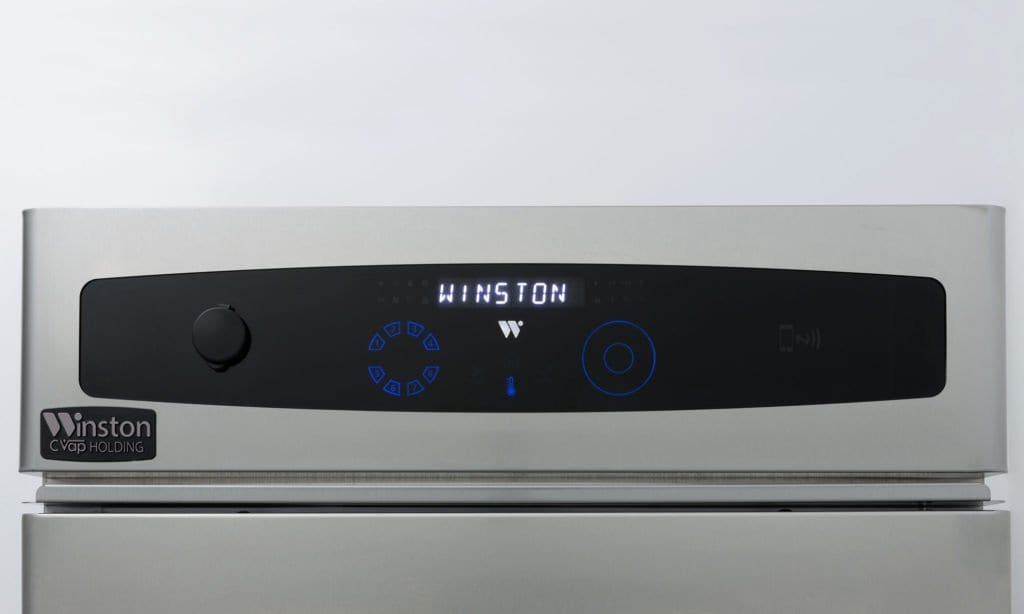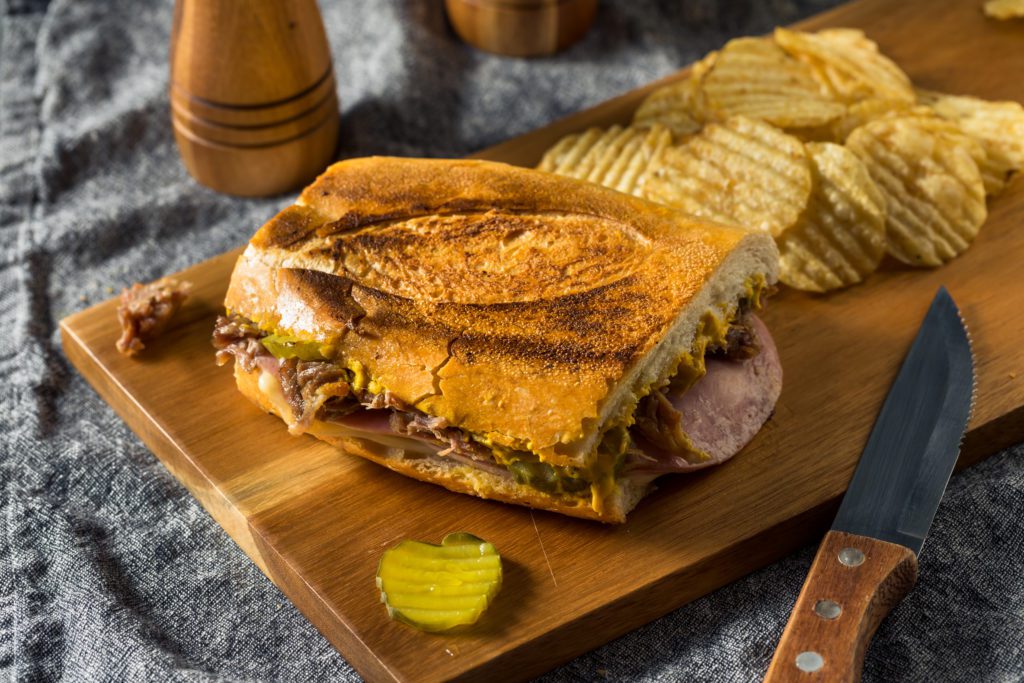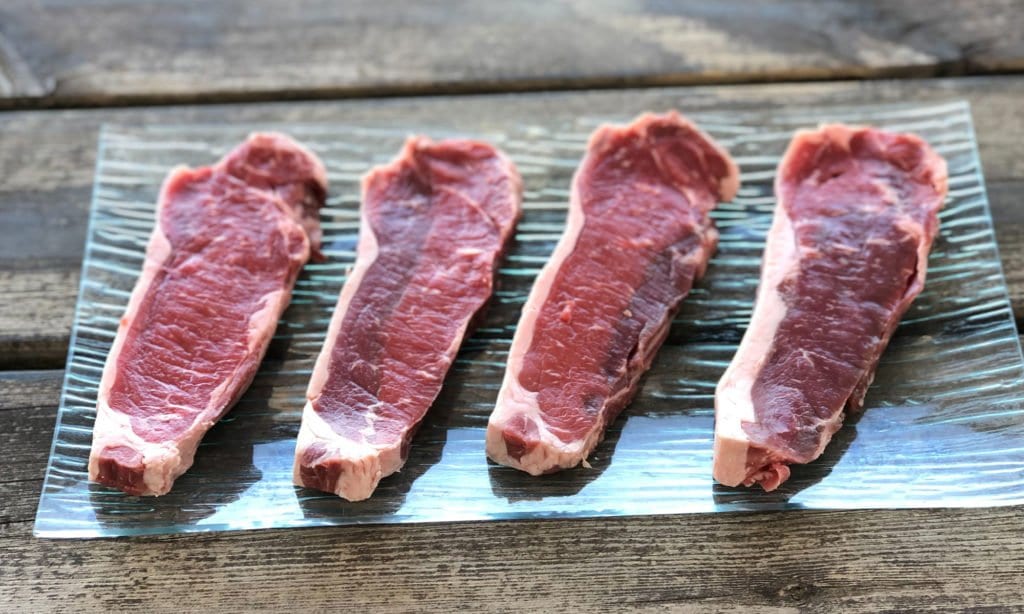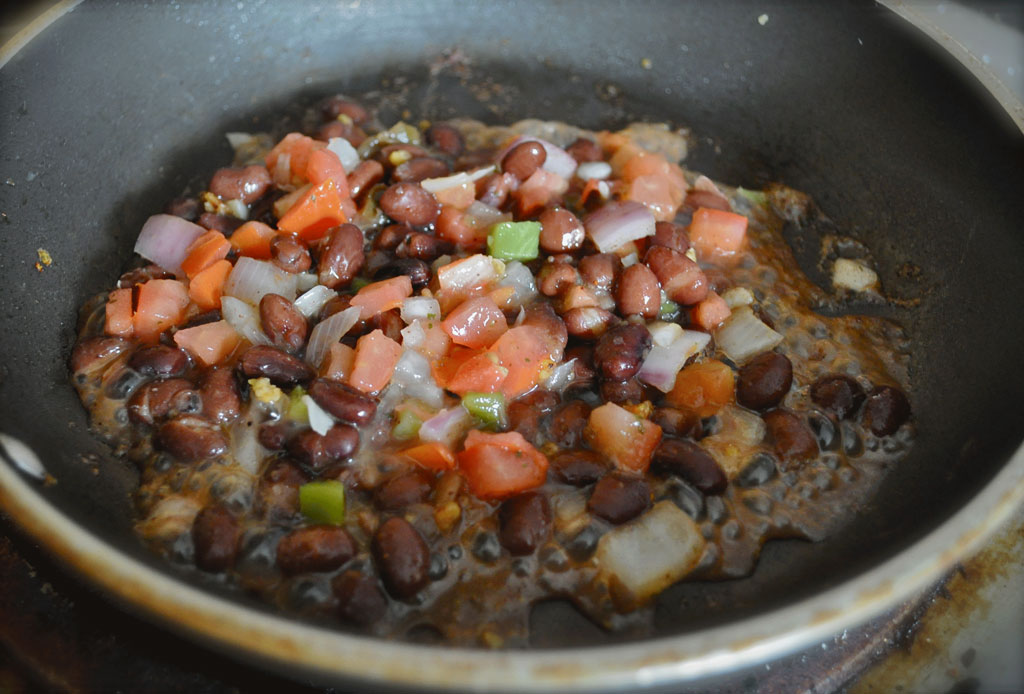It’s All in the Proof! CVap Focaccia
Focaccia bread (Italian pronunciation: [foˈkattʃa]) is one of the most versatile breads. The bread can be baked thick or thin, and the endless array of topping choices compounds flavors in complex ways. Focaccia can be used in many ways, including as a pizza base, sandwich bread, or even as a cake. Some folks are unaware […]
It’s All in the Proof! CVap Focaccia Read More »



